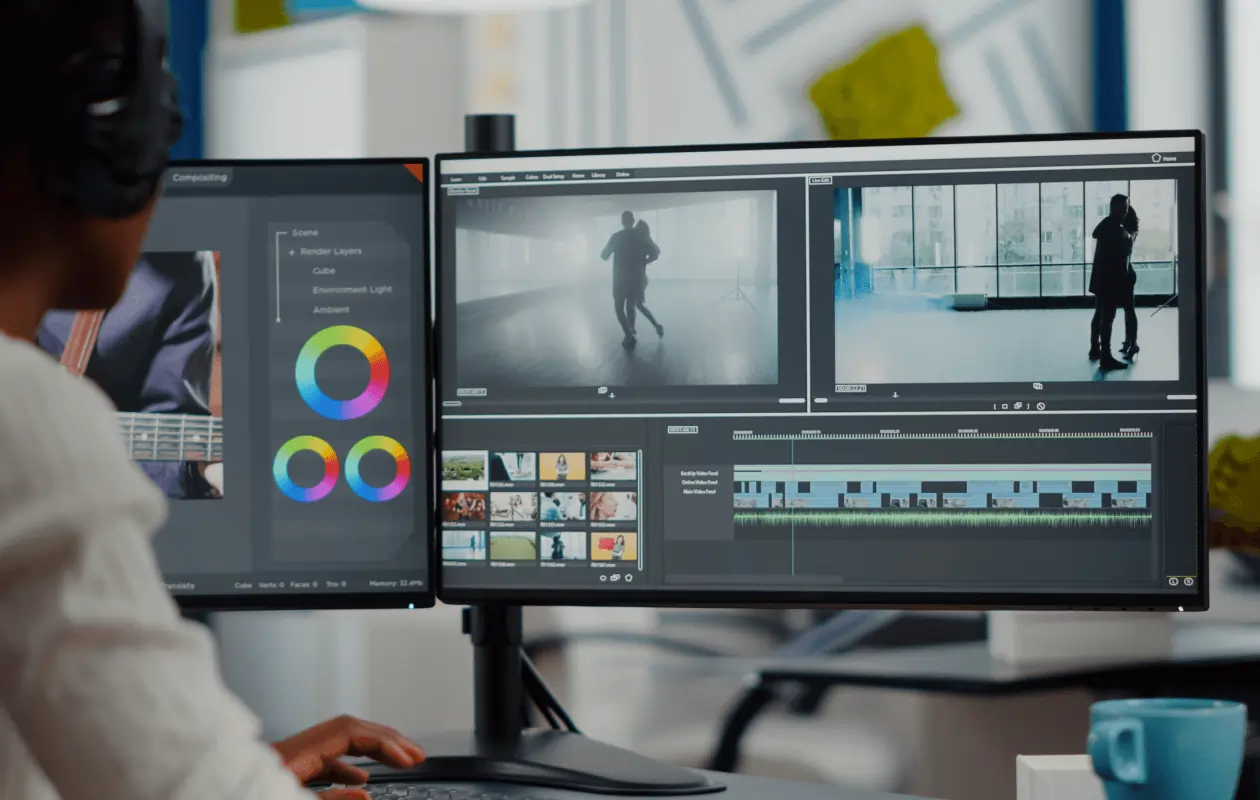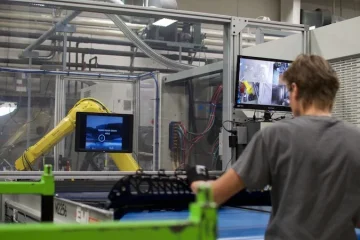Introduction
In today’s digital age, creating high-quality videos has become essential for businesses, influencers, and hobbyists alike. Whether you’re a seasoned videographer or just starting, understanding how to create and edit videos professionally can make all the difference. With numerous tools available, including free video editors, producing polished content is more accessible than ever. Here are ten amazing tips to help you elevate your video creation and editing game.
1. Plan Your Video Content
Before diving into video creation, it’s crucial to have a clear plan. Start by defining your video’s purpose, target audience, and key message. Outline the structure of your video with a storyboard or a script. This will help you stay organized and ensure that your content flows logically. Planning saves time during the editing process and ensures that you don’t miss any important shots.
2. Choose the Right Video Editor
Selecting the right video editor is fundamental to producing professional-quality videos. There are many options available, from high-end software like Adobe Premiere Pro to free video editors like DaVinci Resolve and HitFilm Express. When choosing a video editor, consider your level of expertise, the features you need, and your budget. Free video editor is great for beginners or those on a tight budget, offering powerful tools without the financial commitment.
3. Focus on Lighting and Composition
Good lighting and composition are the foundation of any professional video. Ensure your subjects are well-lit and that the scene is free of harsh shadows. Natural light is ideal, but if you’re filming indoors, invest in softbox lights or ring lights. Composition is equally important—use the rule of thirds to create balanced shots that draw the viewer’s eye to the focal point.
4. Use High-Quality Audio
Audio quality is often overlooked but is just as important as video quality. Invest in a good microphone to capture clear audio, whether you’re recording dialogue, voiceovers, or ambient sound. During editing, use your video editor’s audio tools to enhance sound quality, reduce background noise, and ensure consistent audio levels throughout your video.
5. Keep Your Editing Simple
When it comes to editing, less is often more. Avoid overloading your video with too many effects or transitions, as this can distract from the content. Stick to clean cuts and subtle transitions that enhance the flow of your video. Use your video editor’s features to trim unnecessary footage, adjust color and contrast, and add titles or captions where needed.
6. Experiment with Color Grading
Color grading is a powerful tool that can dramatically alter the mood of your video. By adjusting the colors in your footage, you can create a consistent look and feel throughout your video. Most video editors, including free ones, offer basic color correction and grading tools. Experiment with these settings to enhance your video’s visual appeal and make it stand out.
7. Incorporate B-Roll Footage
B-roll footage—supplementary shots that add context or visual interest—can make your videos more engaging. Whether it’s cutaway shots of your surroundings, close-ups of your subject, or relevant stock footage, B-roll can help tell your story more effectively. When editing, intersperse the B-roll with your primary footage to maintain viewer interest and break up long sequences.
8. Add Music and Sound Effects
Music and sound effects can significantly enhance the emotional impact of your video. Choose music that complements the tone of your content and consider adding sound effects to emphasize certain actions or transitions. Most video editors allow you to import audio tracks and sync them with your footage. Be mindful of copyright issues when selecting music—many free video editors come with a library of royalty-free tracks.
9. Optimize for Different Platforms
Different platforms have different requirements for video content, so it’s essential to optimize your videos accordingly. For instance, YouTube favors longer videos with higher resolutions, while social media platforms like Instagram or TikTok prefer shorter, vertical videos. Most video editors allow you to export your videos in various formats and aspect ratios. Ensure you’re familiar with the specific requirements of the platform you’re targeting to maximize engagement.
10. Review and Revise
Before finalizing your video, take the time to review it thoroughly. Watch your video multiple times to catch any mistakes or areas that could be improved. Consider seeking feedback from others to gain a fresh perspective. Use your video editor’s tools to make any necessary revisions, whether it’s tweaking the audio levels, adjusting the color grade, or trimming the footage.
Conclusion
Creating and editing videos professionally doesn’t have to be daunting. By following these ten tips, you can produce high-quality videos that stand out. Whether you’re using a high-end video editor or a free one, the key lies in planning, paying attention to details, and continuously refining your skills. Start experimenting with these techniques today, and watch your video content transform into something truly remarkable.




